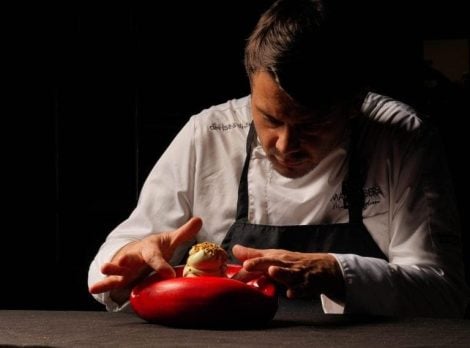Here we go again… A new edition of Vinitaly is about to kick off – the 57th, to be precise – which once again sees Gambero Rosso taking part with a range of events. It comes at a complex time for the wine world, with looming tariff threats, the demonisation of wine, future competition from de-alcoholised wines, and the decline in consumers’ purchasing power. So this Vinitaly will be one where producers are called to reflect on the wine system, the milestones achieved, and how to reinvent themselves to withstand the challenges ahead.
But it will also be the usual grand celebration of Italian wine: after a somewhat underwhelming Prowein (to use a mild understatement), expectations for the Verona event (6–9 April) are rather high. Over 4,000 companies will be present, spread across 18 pavilions, flooded by an army of professionals and buyers from Italy and 140 countries worldwide.
Gambero Rosso’s guide to navigating Vinitaly – tastings you can’t miss
In this enormous arena, it’s easy to lose your way; wine lovers (and even professionals) feel like children stepping into an amusement park, overwhelmed by not knowing which ride to try first. We’ve decided to put together a small list of things not to miss at the fair, from up-and-coming producers still under the radar, to labels returning to market after time off, standout vintages, and some fun discoveries.
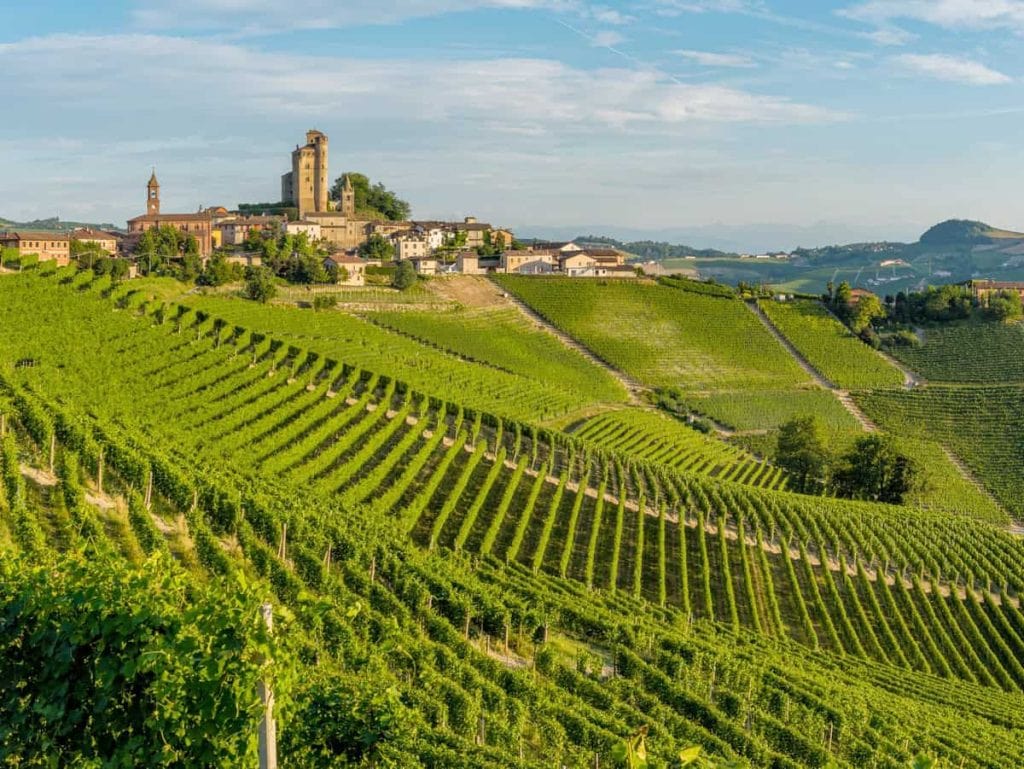
Barolo - landscape
Barolo. The 2021 Vintage
We recommend heading straight to Piedmont (mostly found in Pavilion 10). The aim? To taste the new Barolo vintage that’s about to hit the market: 2021.
Why? Simple: everyone’s talking about it as one of the best vintages in recent times, certainly more compelling than 2020, which produced very horizontal wines—pleasant from the outset, but a little lacking in tannic structure and depth. The 2021 vintage, on the other hand, has all the makings of a great year: the kind that manages to combine power, depth and fleshiness. It carries the allure of those harvests that need time before revealing their true worth.
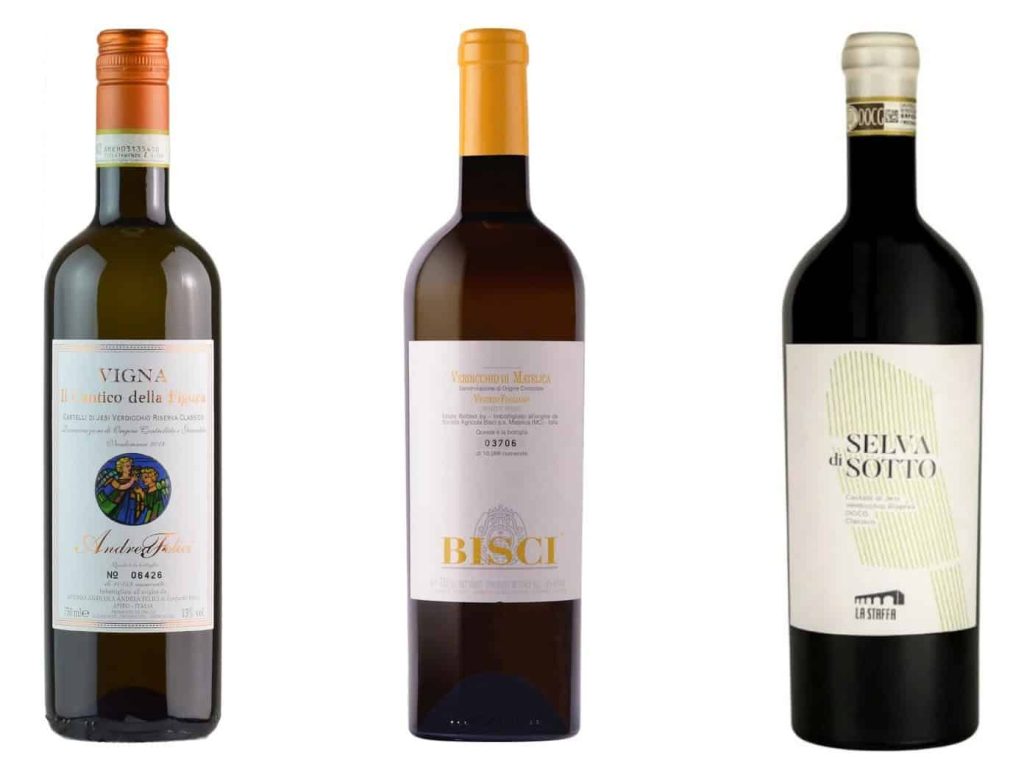
Three great Verdicchios: Cantico della Figura, Vigneto Fogliano, Selva di Sotto
A trio of stars from the Marche (Pavilion 7). We recommend three Verdicchios we ourselves are eagerly awaiting, as they didn’t make it to market last year for one reason or another.
We start in Apiro, where Leopardo Felici will present the Castelli di Jesi Verdicchio Cl. Vigna Il Cantico della Figura Riserva ’21, which has waited an extra year in the wings compared to past vintages. Another company first: Felici will also unveil his brand-new Verdicchio di Matelica, making him the only producer offering wines from both Castelli di Jesi and Matelica.
Staying in Matelica, Bisci returns with Vigneto Fogliano, a cru given extra rest last year. At Verona we’ll be able to taste the 2021 vintage, but don’t miss the chance to request a sip of Senex, their ever-excellent Riserva. Then it’s back to the Castelli di Jesi, specifically Staffolo: Riccardo Baldi of La Staffa this year releases his super-Riserva Selva di Sotto ’20, from a vineyard nestled in a forest – the highest in the commune of Staffolo, at around 500 metres altitude.
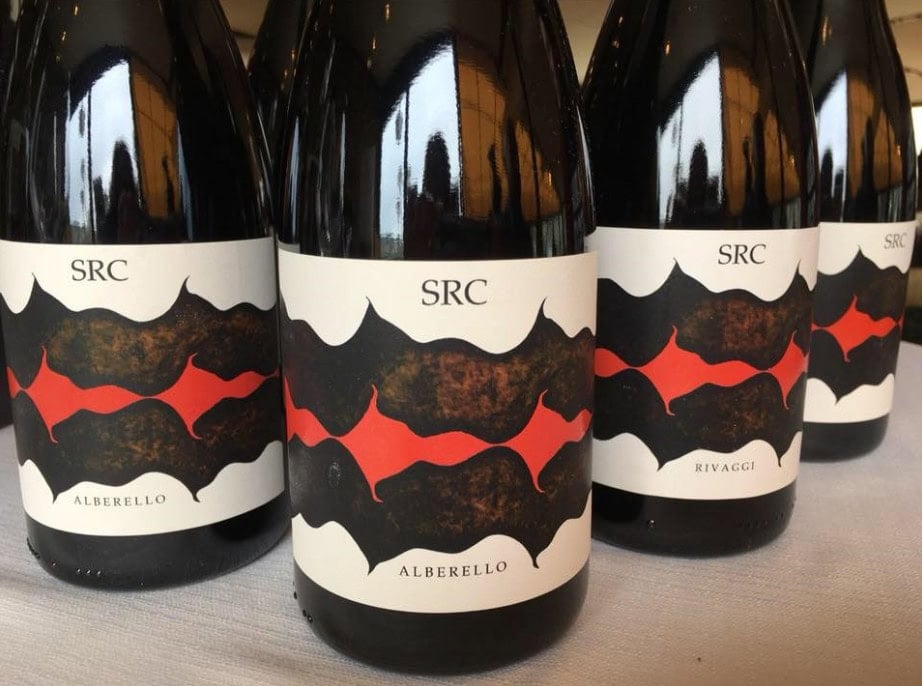
The unexpected Etna: SRC
For the first time, Vinitaly is hosting Raw Wine, the international event that’s helped put natural wine on the global map. You’ll find it in the Sala Argento of the Palaexpo (Entrance A2, Floor -1) on Monday 7 April, from 9:30am to 5:30pm.
Among the 120 wineries attending, we suggest stopping by SRC. The name means “to be present”, but also represents the initials of the owners: Rosario Parasiliti, Cinzia Baraldi, and their daughter Sandra. Their 12 hectares of vineyards are located on the northern side of Mount Etna, mostly in Randazzo, where the company is based in Contrada Calderara at altitudes from 600 to 1000 metres. Another Etna winery? Yes, but not quite the same. While they do grow Nerello Mascalese, Catarratto, and Carricante, they also cultivate less typical grapes for Etna – like Coda di Volpe (usually found in Campania) and Grenache, which blends with Nerello Mascalese in their wine Rivaggi. Worth a taste.

Barone Pizzini and Vegan Wines
At the forefront of environmental sustainability, Barone Pizzini – the historic Franciacorta winery led by Silvano Brescianini – is making another leap forward. At this year’s Vinitaly, they’ll unveil their first vegan-certified labels, the result of a ten-year journey, now recognised by the UK-based Vegan Society. You’ll find them in the Lombardy region area, in the Palaexpo, and at the Tre Bicchieri tasting with their Franciacorta Dosaggio Zero Naturae Edizione ’20.
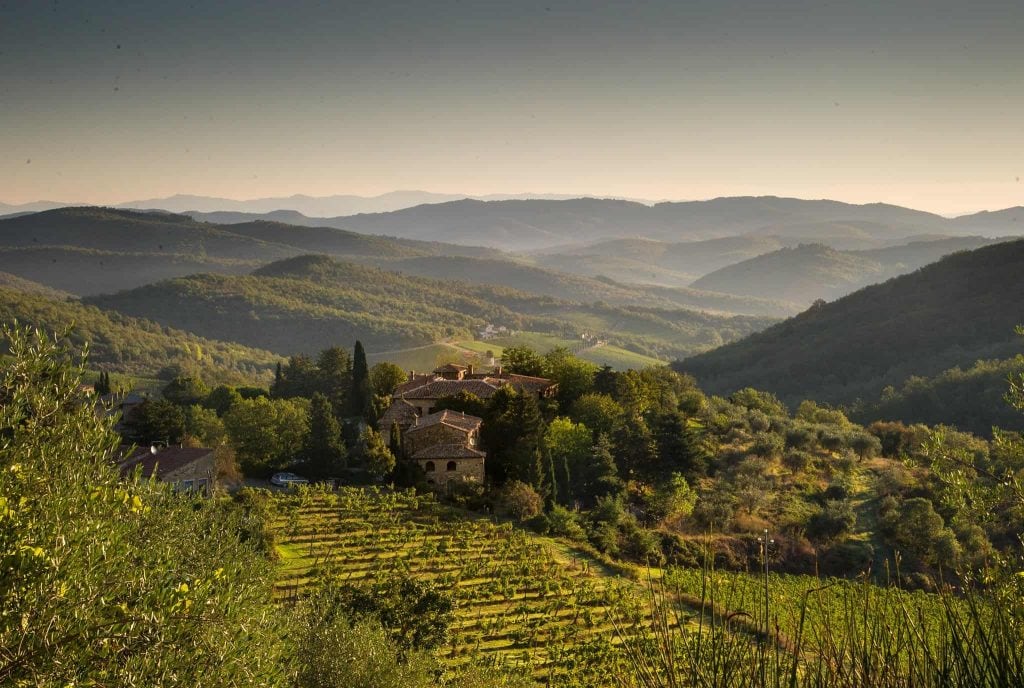
An outsider from Chianti Classico
Some districts have become so prominent that enthusiasts and professionals alike scour them in search of lesser-known producers that offer a pure, unfiltered expression of their territory. Chianti Classico is one such region – widely known, yet still home to tiny producers that continue to stand out.
One example is Tregole (Pavilion 8). Located in Castellina in Chianti, on the southeastern side of the commune, where steep slopes meet elevations near 600 metres. The winery is led by Sophie Conte, who, with the help of her family, is proving vintage after vintage that she knows her stuff. Keep an eye on this one.
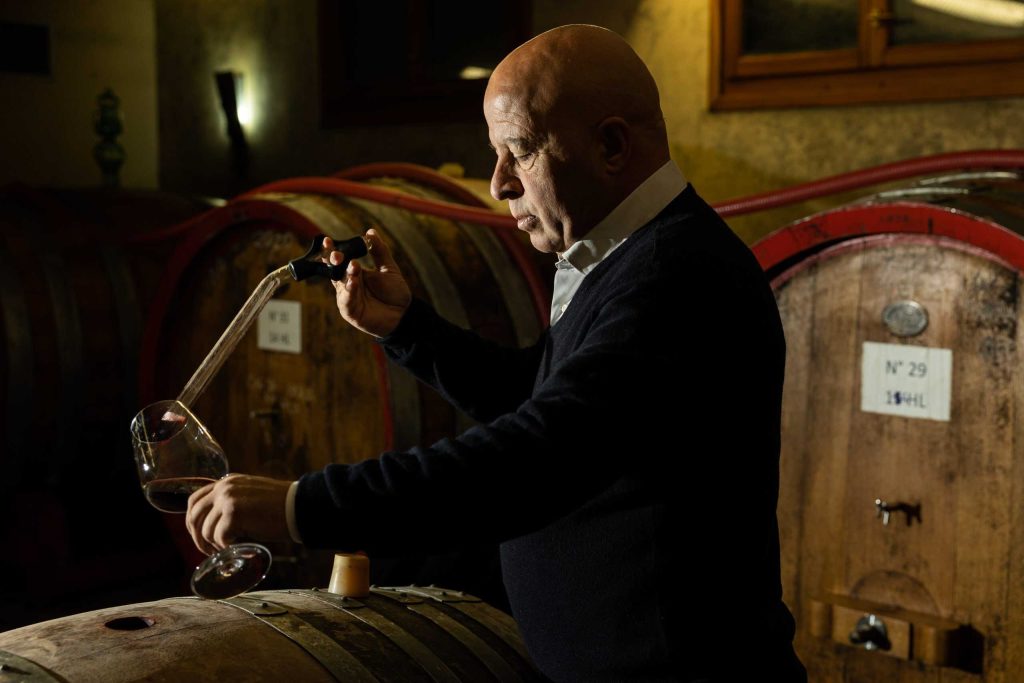
Skin-contact wines that never miss
If you’re a fan of skin-contact wines and want a sure bet, you’ve probably already noted the name Paraschos. For those unfamiliar, we highly recommend visiting Pavilion 6, which hosts Friuli Venezia Giulia. At the San Floriano del Collio winery’s stand, you’ll likely meet Evangelos, the founder, alongside his sons Alexis and Jannis. Their winemaking philosophy includes skin maceration for white grapes too, in open Slavonian oak vats or Greek terracotta amphorae (Evangelos’ homeland), without temperature control or added yeasts.
Last year, we awarded Kaj, their Friulano Riserva, with Tre Bicchieri – a multidimensional wine both on the nose and palate – but we suggest tasting everything they offer, including their Merlot and Pinot Noir.

A different Puglia
One of the surprises in the Vini d’Italia 2025 guide from Gambero Rosso – and for this reason, we urge you to stop by Pavilion 8 and chat with Camilla Rossi-Chauvenet. Her surname may not be typical of Manduria, where her winery is based: Camilla is actually from Veneto and, before investing in Puglia, revitalised her family’s estate in Valpolicella, Massimago. In 2008, she decided to explore other winemaking frontiers and found Masseria Cuturi, a historic estate she restored and now uses to produce Apulian wines that fully express the region’s native varietals with a fresh perspective.
We were particularly impressed by her splendid Zacinto ’23, a pure Negroamaro rich in fruit, juicy, and immediately drinkable. But her Primitivo di Manduria Monte Diavoli and Chidro are equally well crafted.
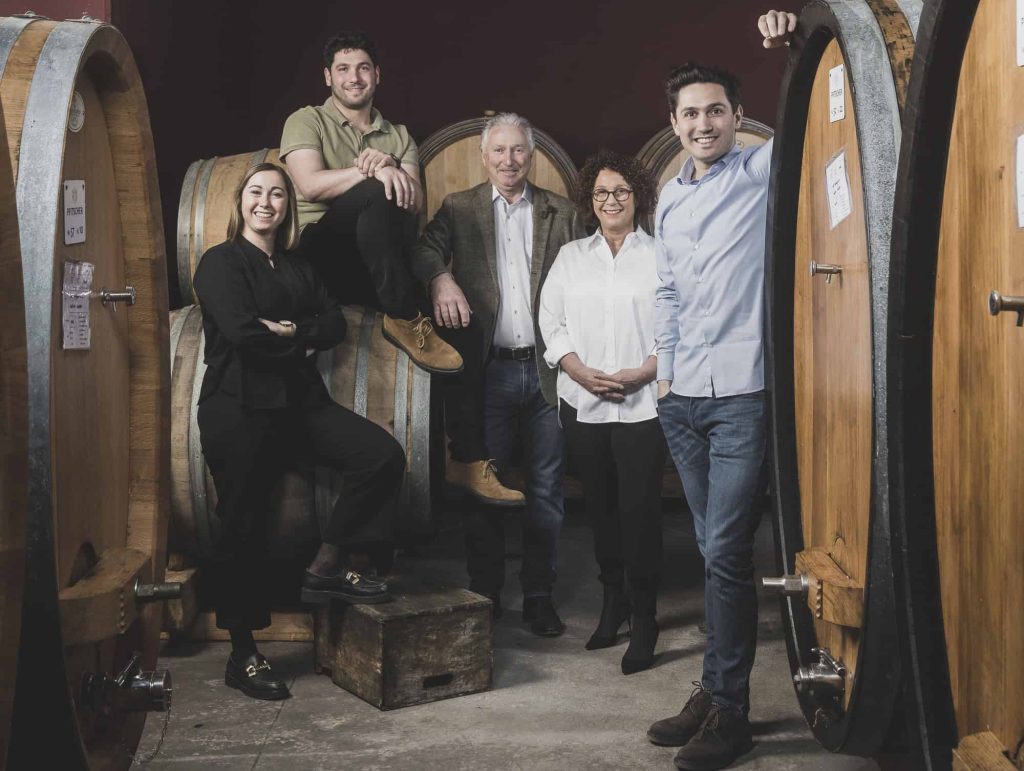
Mountain Pinot Noir (in every sense)
Great Italian Pinot Noirs are no longer a rarity – especially in Alto Adige, a region now specialising in this noble (and tricky) grape. If you want to try one that really stands out, make your way to Pavilion 6, stand D2. There you’ll find the Pfitscher family.
The winery, run by Klaus with his sons Hannes and Daniel, is nestled among the vineyards in the Montagna area, where Pinot Noir has found a true home. The grape has become increasingly central to their production, with several labels exploring its relationship with local terroirs. Try the Matan, but don’t stop there – take a moment to enjoy their Sauvignon Mathias as well.

Old Vintages Producers Have “Under the Counter”
Here’s a tip from a veteran: while Vinitaly is mainly about showcasing new vintages, many producers also use the fair to demonstrate their wines’ ageing potential. Once you’ve built a bit of rapport with the winemaker, kindly ask if they have any older vintages on hand. Some might flatly refuse; others will be delighted to share a slice of their winemaking life with you.
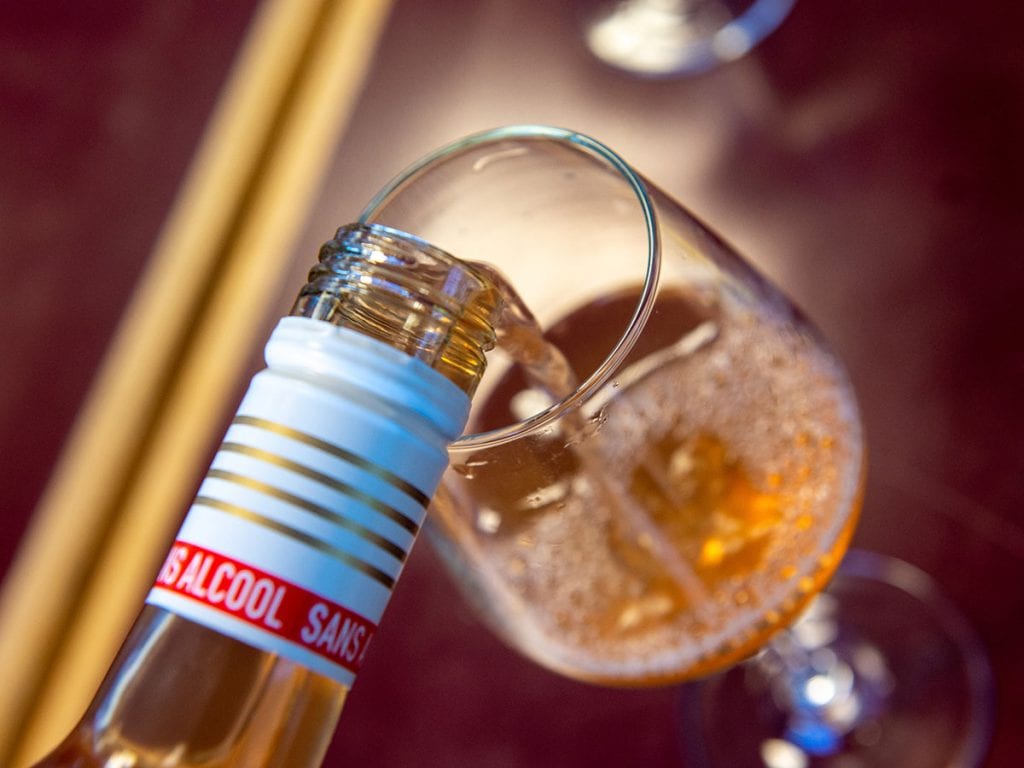
De-Alcoholised Wines
Not a day goes by without someone asking, “But what are these de-alcoholised wines like?” And right now, we can only answer honestly: “Terrible.” Our experience with these products has not been pleasant – we’ve encountered overly sweet wines with off-kilter aromatic profiles, more akin to fruit juice than proper wine. There’s a long way to go, though the subject clearly piques curiosity. If you want to explore further, visit the Mixology area in Pavilion C, where a dedicated No-Low Alcohol wine bar will be set up. Let us know what you think.

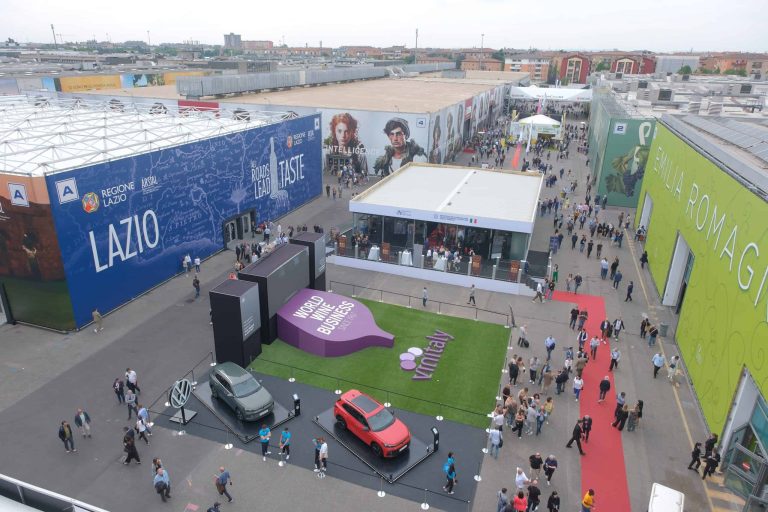
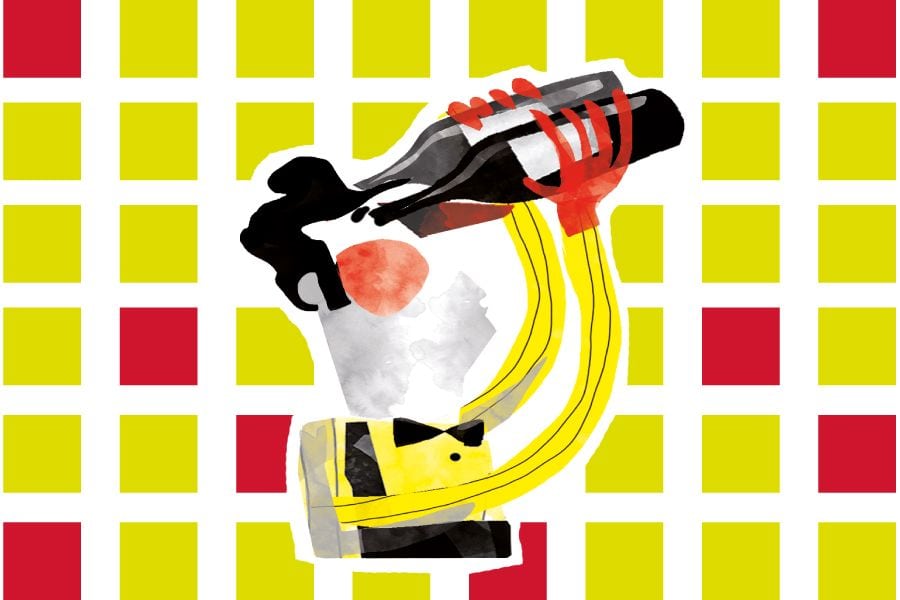 For the first time, Vini Rari arrive at Vinitaly 2025. Here's what they are
For the first time, Vini Rari arrive at Vinitaly 2025. Here's what they are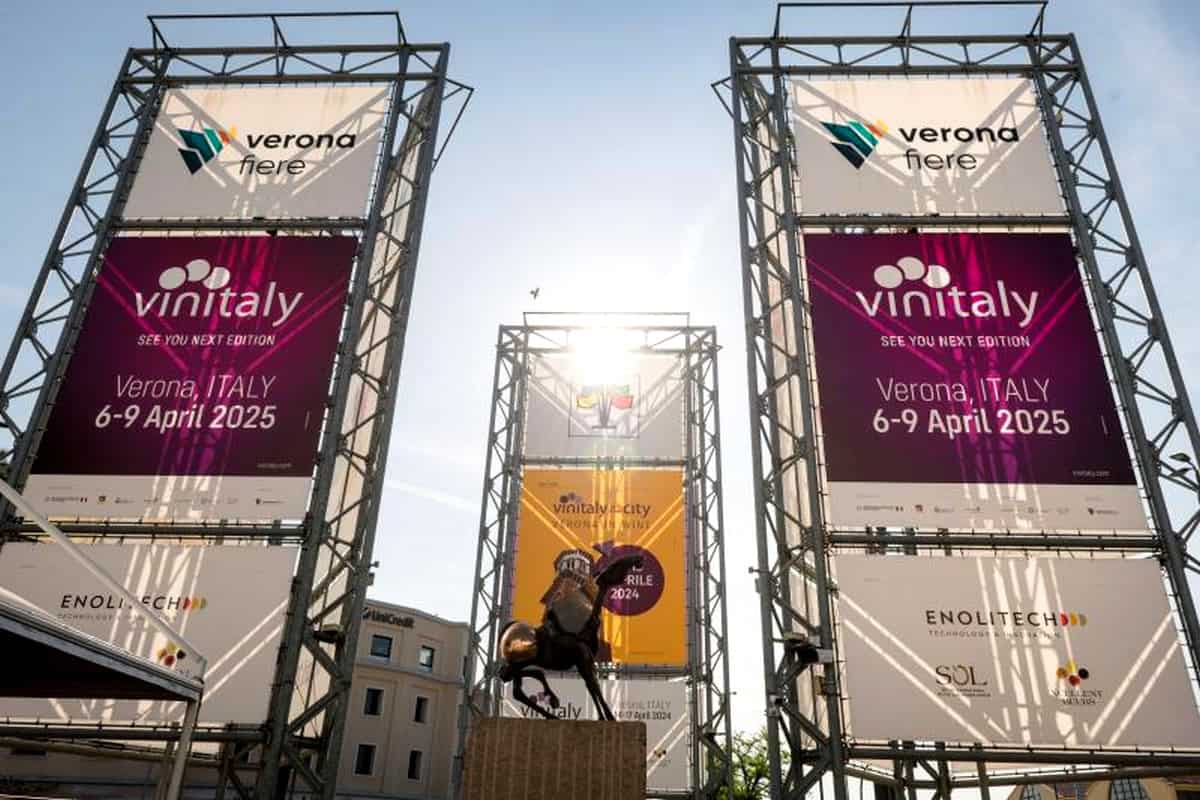 Here are all the events to watch out for at Vinitaly 2025
Here are all the events to watch out for at Vinitaly 2025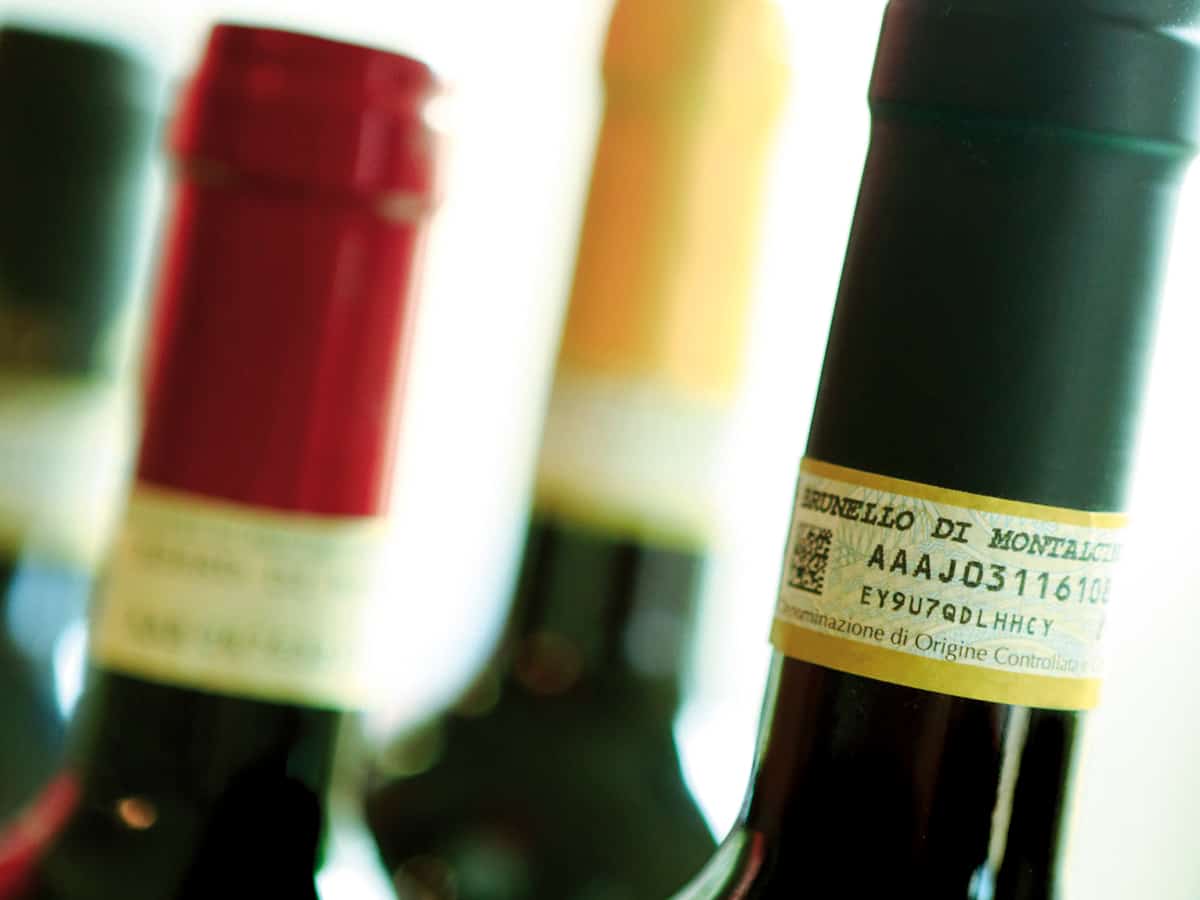 The tricolour arrives on DOC and DOCG wines. Lollobrigida: "This is how we promote Italian identity"
The tricolour arrives on DOC and DOCG wines. Lollobrigida: "This is how we promote Italian identity" Farewell cacio e pepe in New York. "With tariffs, Pecorino Romano will also become more expensive." The warning from Giuseppe Di Martino
Farewell cacio e pepe in New York. "With tariffs, Pecorino Romano will also become more expensive." The warning from Giuseppe Di Martino Against tariffs? Here are the US foods that could be "hit"
Against tariffs? Here are the US foods that could be "hit"

